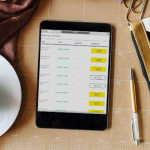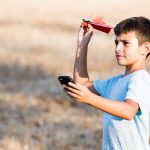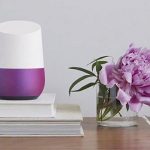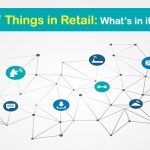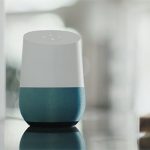How IoT could let you better understand your workout data
How IoT could let you better understand your workout data
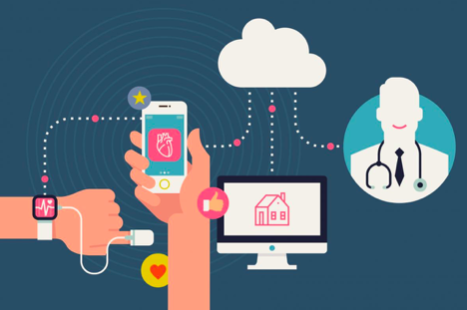
With the increasing popularity of wearables, like Fitbit trackers and Apple Watches, people are starting to understand their fitness levels much better. By wearing Apple Watches, for instance, we can figure out our average heart rate while exercising; by wearing smart sport jackets, we can tell if our motion tails are correct — frequent use of wearables will result in rich personal database.
See also: Walk this way towards better wearables security
But to analyze the data from wearables, the concern should not be on how much data is collected, but rather, what connections can be drawn between different data sets; for example, how do the data collected from your smart watch and the data from your smart jacket relate? Most of the big names in the wearables industry either lack fair data analyzing platforms or are incompatible with other companies’ databases, which makes useful and accurate data analysis very difficult.
Consumers now have a solution to their problems. Early this year, Lumo BodyTech, a fitness-related smart device company, launched their fitness data analyzing platform Lumo Motion Science Platform. By combining advanced algorithms, this platform can not only perfectly support their own hardware devices, but can also work with data sets collected by third-party devices. By offering API interfaces and SDK, Lumo BodyTech makes it easy for people to join the platform, helping fitness lovers understand and regulate their own fitness data, and thus preventing unnecessary damages during exercise.
Fitness data needs a better platform
According to a survey by Gartner, Inc., the abandonment rate of wearables is 30 percent. Immediately after buying our new wearable devices, we feel excited to get our fitness data so we can learn to exercise better, but that data is essentially useless without a platform with which to analyze the data.
The Lumo Motion Science Platform is that platform. According to their official website, the platform offers access to unique algorithm models that can track a myriad of human movements and provide a wide spectrum of biomechanical insights relevant to various industrial applications and products. The platform also has learning engine, accounts, and big data management services.
See also: Can we use wearables to predict the future?
Using the platform’s algorithms, we can combine the data so that they can provide more complete and accurate results and advice. For example, by comparing the data from Lumo Back, a posture sensor that can help you to sit or stand straight by gently vibrating when you slouch from your lower back, and Lumo Lift, a fitness tracker that tracks your posture, steps, and calories burned when you lift heavy objects, we can learn the best posture of the lower back when doing heavy lifting.
Lumo BodyTech is also focusing on growing their hardware sector. Besides Lumo Back and Lumo Lift, Lumo BodyTech has also developed the wearable Lumo Run, which can help collect running data more easily. All three products are extremely light; customers barely feel them while wearing them, reflecting Lumo BodyTech CEO Monish Perkash’s belief that wearables will eventually become “invisible and seamlessly embedded in our everyday lives.”
By focusing on hardware and software at the same time, Lumo BodyTech believes the user experience of its wearable devices will greatly improve consumers’ experience with wearables.
How IoT and wearables will cooperate
The connection between IoT and wearable devices is much like the connection between VR/AR and IoT.
By My Eyes, a free mobile app, is designed to bring sight to blind and visually-impaired people — volunteers use the app’s live video connection to act as “eyes” for users. AR technology is embedded in the app so volunteers can better understand the living conditions of blind and visually-impaired people — in this device, AR and IoT are combined for a humanizing experience.
Even though IoT’s influence on the wearable market is not immediately obvious, and the Lumo Motion Science Platform is still in its early stage of development, if a growing number of products join theLumo Motion Science Platform and start providing more useful data, the platform could inspire more startups or tech giants to share and analyze the data from a wider range, and subsequently, we will have the opportunity to enjoy more user-friendly and useful wearables.
The post How IoT could let you better understand your workout data appeared first on ReadWrite.
(38)


